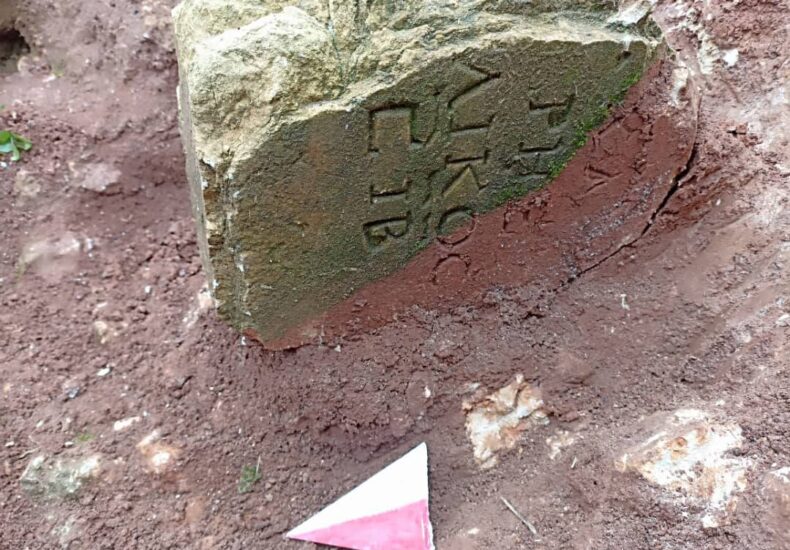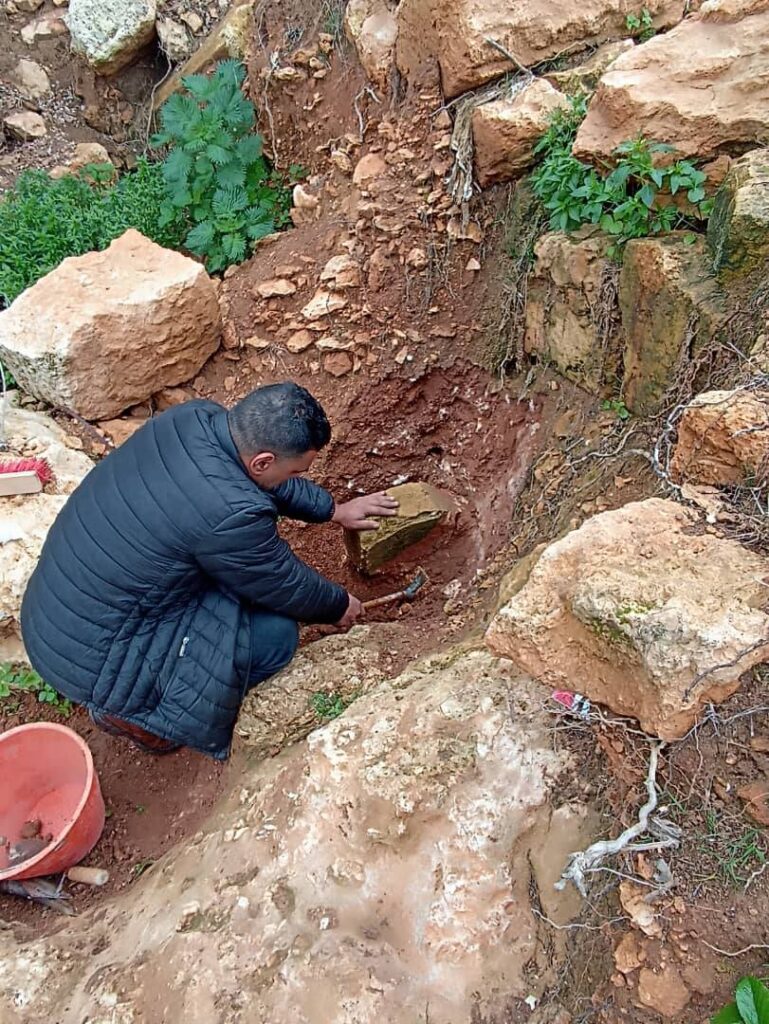
Ancient Greek Tombstone Discovered in Libya After Storm ‘Daniel’
The flood disaster caused by the “Daniel” storm that struck Libya in September 2023 not only brought destruction but also uncovered a hidden history spanning thousands of years. An ancient Greek tombstone revealed by the storm’s currents in the city of Shahhat shed light on the region’s rich past.
The Libyan Antiquities Authority officially confirmed that this artifact, found in the northern cemetery area of Shahhat, is a Greek tombstone made of limestone. In response to news spreading on social media, the authority mobilized a team to initiate a rescue excavation and safely secured the tombstone.
Shahhat, known in ancient times as Cyrene, was an important Greek colony founded in the 7th century BC. Over time, it became a cultural and commercial center that produced significant figures in philosophy, science, and art. Listed as a UNESCO World Heritage Site, Cyrene is recognized for its impressive remains, including temples, theaters, stadiums, and cemeteries. The Temple of Apollo, in particular, is considered one of the largest temples of the ancient world.

Cyrene also experienced great prosperity and structural development during the Roman period. The ancient ruins reflect the region’s rich history and cultural heritage. The tombstone revealed by the floodwaters adds a new piece to the history of Cyrene, providing a deeper understanding of the region’s past.
The Libyan Antiquities Authority urged citizens to consult with authorities and obtain necessary permissions before sharing information on social media. This warning was issued to protect the integrity of archaeological finds and serve the public good.
The destruction caused by the “Daniel” storm unexpectedly uncovered an ancient tombstone, adding a new dimension to Libya’s historical heritage. This discovery once again highlighted the rich past of Cyrene and the cultural significance of the region.
You may also like
- A 1700-year-old statue of Pan unearthed during the excavations at Polyeuktos in İstanbul
- The granary was found in the ancient city of Sebaste, founded by the first Roman emperor Augustus
- Donalar Kale Kapı Rock Tomb or Donalar Rock Tomb
- Theater emerges as works continue in ancient city of Perinthos
- Urartian King Argishti’s bronze shield revealed the name of an unknown country
- The religious center of Lycia, the ancient city of Letoon
- Who were the Luwians?
- A new study brings a fresh perspective on the Anatolian origin of the Indo-European languages
- Perhaps the oldest thermal treatment center in the world, which has been in continuous use for 2000 years -Basilica Therma Roman Bath or King’s Daughter-
- The largest synagogue of the ancient world, located in the ancient city of Sardis, is being restored











Leave a Reply